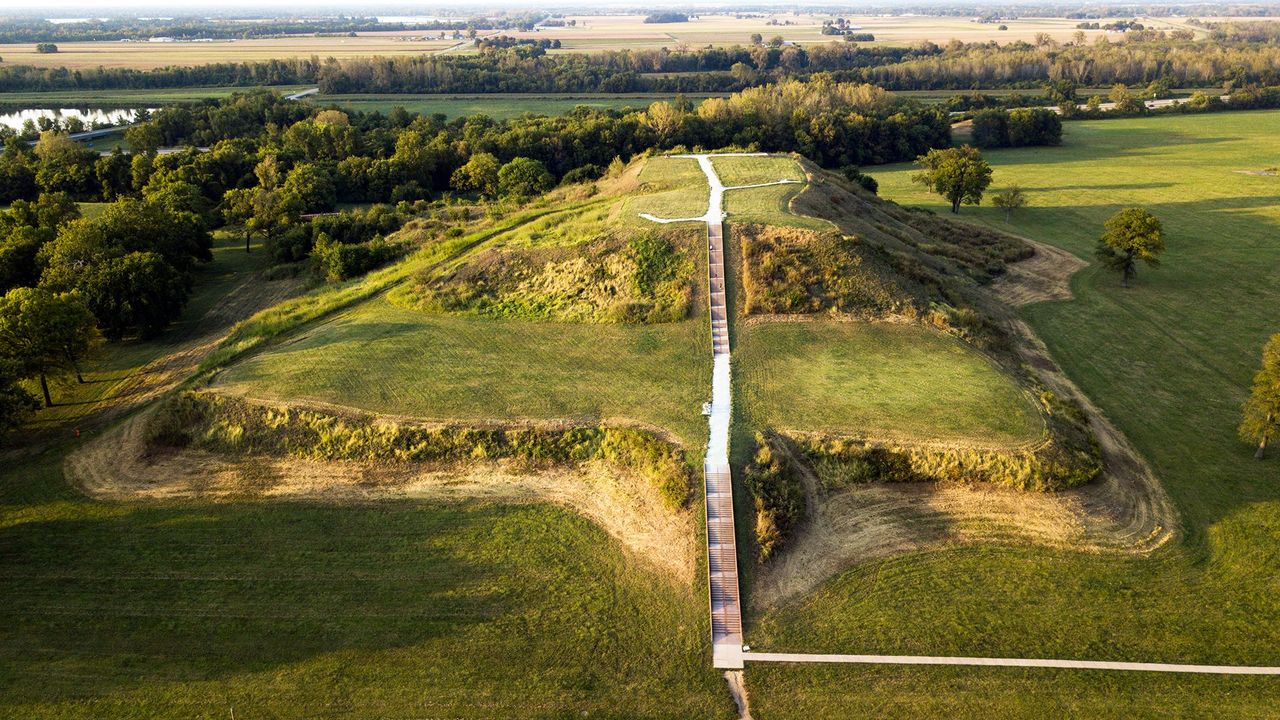Hidden Burial Mounds Of The Ancient Midwest

Have you ever wondered about the ancient secrets buried beneath the Midwest's rolling hills? The hidden burial mounds scattered across this region hold stories of civilizations long gone. These mounds, built by Native American cultures, offer a glimpse into their rich history and traditions. From Ohio's famous Serpent Mound to the Cahokia Mounds in Illinois, each site has unique features and mysteries. Imagine walking through these ancient landscapes, feeling the connection to those who lived here centuries ago. Whether you're a history buff or just curious, exploring these burial mounds can be a fascinating journey into the past.
Discovering the Hidden Burial Mounds
The Midwest holds secrets from ancient times. These burial mounds, built by Native American cultures, offer a glimpse into the past. Let's explore some of these fascinating sites.
Effigy Mounds National Monument
Effigy Mounds National Monument in Iowa showcases mounds shaped like animals. These earthworks, created by the Effigy Moundbuilders, date back over a thousand years.
- Great Bear Mound: This mound, shaped like a bear, stands as one of the largest and most impressive effigies.
- Marching Bear Group: A series of bear-shaped mounds that seem to march across the landscape.
- Little Bear Mound: Smaller but equally intriguing, this mound adds to the site's rich history.
Cahokia Mounds State Historic Site
Cahokia Mounds in Illinois represents the largest pre-Columbian settlement north of Mexico. This UNESCO World Heritage site features numerous mounds.
- Monks Mound: The largest mound at Cahokia, towering over 100 feet, served as the central hub of the city.
- Mound 72: A burial mound where archaeologists found remains of elite individuals and sacrificial victims.
- Woodhenge: Not a mound but a circle of wooden posts, believed to be an ancient calendar.
Serpent Mound
Serpent Mound in Ohio is one of the most famous effigy mounds. This snake-shaped mound stretches over 1,300 feet.
- Serpent's Head: The head of the serpent, possibly representing a snake swallowing an egg.
- Coils of the Serpent: The winding body of the serpent, with intricate curves and turns.
- Tail of the Serpent: The tail, ending in a triple coil, adds to the mound's mystery.
Hopewell Culture National Historical Park
Hopewell Culture National Historical Park in Ohio preserves the earthworks of the Hopewell people. These mounds reflect their complex society.
- Mound City Group: A collection of mounds used for ceremonial purposes and burials.
- Seip Earthworks: Large geometric earthworks, including a massive mound.
- Hopewell Mound Group: The largest concentration of Hopewell mounds, showcasing their engineering skills.
Aztalan State Park
Aztalan State Park in Wisconsin features mounds built by the Mississippian culture. This site offers a glimpse into their way of life.
- Pyramidal Mounds: These flat-topped mounds served as platforms for buildings.
- Crescent Mound: A unique crescent-shaped mound, possibly used for ceremonies.
- Stockade: Remains of a wooden stockade that once surrounded the village.
Effigy Mounds in Wisconsin
Wisconsin is home to numerous effigy mounds, created by various Native American cultures. These mounds often depict animals and other shapes.
- Man Mound: The only surviving anthropomorphic effigy mound in North America.
- Lizard Mound: Shaped like a lizard, this mound is part of a larger group of effigies.
- Twin Mounds: Two mounds side by side, representing a pair of animals or spirits.
Exploring the Ancient Midwest
These hidden burial mounds of the ancient Midwest offer a window into the lives of Native American cultures. Each site tells a unique story, waiting to be uncovered.
Discovering Ancient Midwest Burial Mounds
Exploring the hidden burial mounds of the Ancient Midwest offers a unique glimpse into the past. These mounds, scattered across states like Ohio, Wisconsin, and Illinois, reveal the rich history and culture of Native American tribes. Visiting sites like the Effigy Mounds National Monument or the Serpent Mound not only educates but also connects us to the ancient traditions and beliefs of these communities.
Whether you're a history buff or just curious, these mounds provide an unforgettable experience. They remind us of the ingenuity and spirituality of the people who built them. Next time you're in the Midwest, take a moment to visit these remarkable sites. You'll walk away with a deeper appreciation for the region's ancient history and the people who once called it home.

